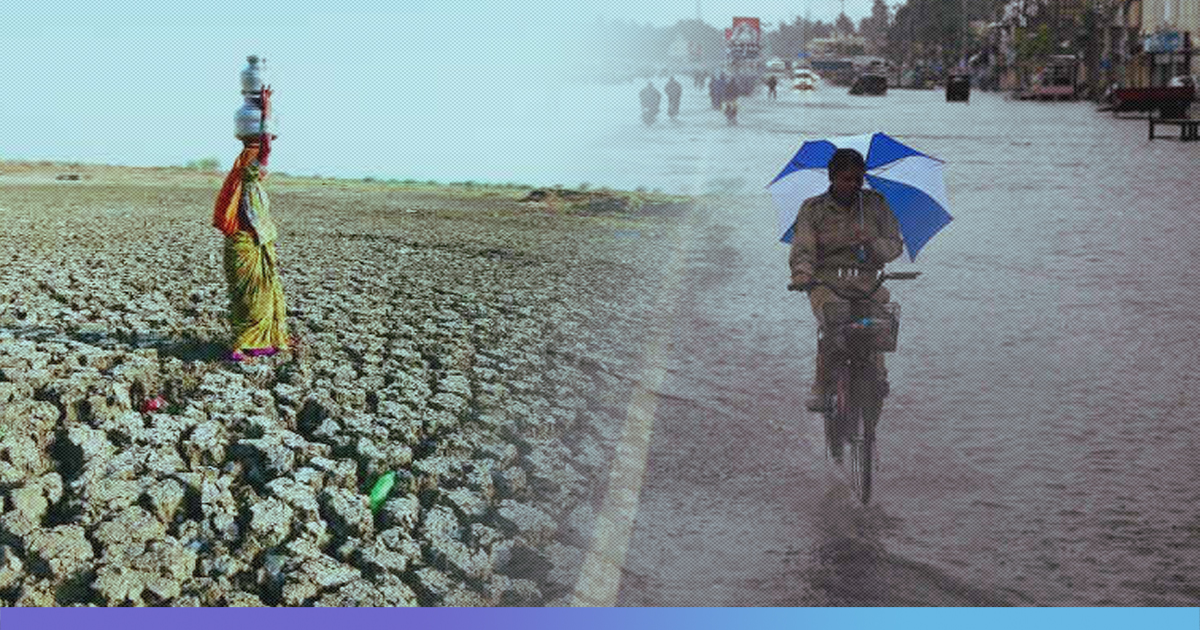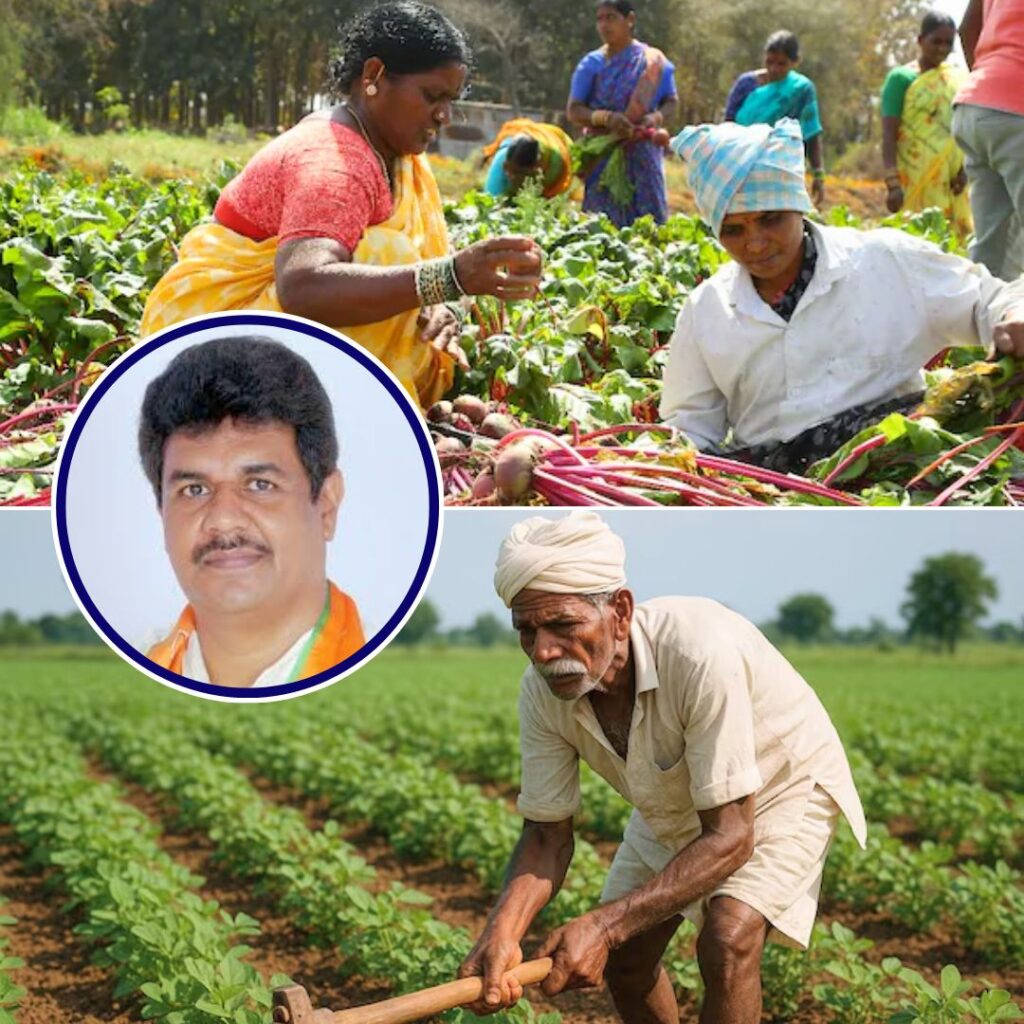The recent news of two frogs being married in Udupi, Karnataka to appease the rain gods amused a lot of us. As much as it tells about the superstition, it also points to the desperation of the villagers with respect to water scarcity in the country. The Logical Indian shifts focus to the paradox that is Maharashtra.
Just a month back, Maharashtra was facing a water crisis of unprecedented proportions. Monsoons this year were delayed, leaving just 6.61% of the total water capacity in the dams. 6,290 tankers were being used to supply water to 4,920 villages and 10,506 hamlets.
Monsoon has finally hit Maharashtra. The India Meteorological Department (IMD) predicted that the monsoon in Maharashtra would be ‘vigorous for the next four to five days’.
The classic study in this water paradox is the city of Mumbai. A weekly report of Central Water Commission on 91 most important rainfed reservoirs around the country in June, showed that two of the reservoirs that supply Mumbai with water had dried down to dangerous levels. The Upper Vaitarna reservoir was at 8% and Bhatsa reservoir was at 24% of its capacity.
However, the recent downpour has literally clogged the city. So much so that the Indian Navy had to be summoned to provide relief to the waterlogged city.
Drought-Like Situation Before Rains
According to the Drought Early Warning System, as of the first week of June, 43.4% of India was reeling under drought. Maharashtra and Karnataka were two of the worst affected states. 80% of Karnataka’s districts and 72% that of Maharashtra were hit by drought, endangering the livelihood of 8.2 million farmers.
Except for the Konkan division, water availability in remaining divisions-Nagpur and Amravati divisions; Aurangabad division; Nashik division; and Pune Division had dropped to a single digit. The Marathwada region under the Aurangabad division was the worst affected. Owing to a large number of villages in the region dependent entirely on water tankers, led to Marathwada being referred to as ‘Tankerwada’. There were allegations of tanker mafia exploiting the drought-like condition to their own benefit.
Desperation led villagers to allegedly damage a gate of the Dhanoli dam in Nashik district to divert stored water. This led to the flooding of fields and wastage of a large amount of water. This incident led to wastage of about 50% of the total 15 TMC feet water stock in the dam, reported Financial Express.
The situation, only until a fortnight was so bad that the state government was reportedly mulling over the option of introducing artificial rain for temporary relief.
Mumbai, which finds its roads clogged with rainwater, so much so, that the Indian Navy had to be summoned to carry out rescue operations, only a few days earlier was facing acute water shortage. BrihanMumbai Municipal Corporation (BMC) on June 27 had asked Mumbaikars to use water judiciously. It was then estimated that the water stocks then were enough to sustain the maximum city for just another 20-30 days.
#IndianNavy deploys various teams to provide relief to rain hit and stranded Mumbaikars in Kurla area @Dev_Fadnavis @CMOMaharashtra @PIBMumbai @DDNewsHindi @SpokespersonMoD @rajnathsingh @DefenceMinIndia @airnewsalerts @nitin_gadkari @RanveerOfficial @meghnagulzar pic.twitter.com/hkIGFZNJI0
— SpokespersonNavy (@indiannavy) July 2, 2019
Monsoon Finally Hits The State And How
The arrival of monsoon was delayed in Maharashtra. This delay in monsoon resulted in a shortage of about 25% rainfall in June. The IMD marked rainfall in Vidarbha, Marathwada and Madhya Maharashtra in the ‘D’ category, signifying deficient rainfall. However, Konkan and Goa subdivisions were categorised as ‘N’ or normal.
Albeit late, Monsoon arrived with a bang in Mumbai. Mumbaikars faced the same old misery as the torrential downpour battered the financial capital of the country and parts of the city are submerged under the water. At least 20 people lost their lives.
The city’s failed drainage system led to severe flooding. People waded through knee-deep water to reach office/school. Public transport also took a hit. Water paved its way into several households. At 375.2 mm, the rainfall in the 24-hour period before 8.30 am Tuesday was the highest since July 26, 2005. The state government declared July 2 as a public holiday.
The situation in Pune was no better. Continuous rain caused a college compound wall to collapse, killing six people, including two women. In a similar incident, 7 people including four children were killed in Kondhwa area.
In Maharashtra’s coastal Konkan area, incessant rains lead to a flood-like situation, breaching the Tiware dam in Ratnagiri district. This resulted in the death of six people, while 19 went missing.
#WATCH: Tiware dam in Ratnagiri was breached earlier today. 6 bodies have been recovered till now. Rescue operations continue. 12 houses near the dam also washed away. #Maharashtra pic.twitter.com/mkgLaruaau
— ANI (@ANI) July 3, 2019
It is often said that the third world war would be fought over water. While earlier it was said to bring water scarcity to people’s attention, this adage no longer seems an exaggeration. This article is a part of series The Logical Indian is focussing on to bring to you reports of water scarcity which is only getting worse.











